“It has become appallingly obvious that our technology has exceeded our humanity.”
The world is advancing with technology and continuously expanding into every aspect of our lives. The students of today are digital natives, having grown up around computers and other technologies. Given their familiarity with modern technology, it would be safe to assume offering young students the use of certain devices, applications or hardware within STEM lessons would be a way to keep them engaged and excited.
Science, technology, engineering, and mathematics (STEM) education puts an emphasis on preparing future generations to be successful in their careers. The skills gained from STEM education extend beyond those needed to be successful in STEM fields, preparing children with varied interests who move into any industry to have valuable skill sets that allow them to be successful.
To generate excitement around STEM lessons it’s important to bake educational value into areas of technology that students are already engaging with on a daily basis, such as video games in smartphones, tablets, and other devices. And considering the Coronavirus pandemic situation around us, we Started with Virtual Programming software, RoboGuru.
“Roboguru is a 3D simulation tool with a physics enabled engine to learn programming for the students with a virtual robot. Following the series of instructions given through a simple GUI, drag and drop like features. The tool provides a continued and sharp learning curve with never-ending challenges for the students integrating various concepts from science, technology, Engineering and Mathematics.
The learners got introduced to a new world of robotics programming from a very basic level. They felt it to be an easy and exciting platform for the young students to quickly code, test and reiterate the code to achieve the desired mission in a game-like environment. Every day the learners started working with a new objective or theme, configured the virtual robot, programmed, compiled, and checked the behaviour of the virtual robot in the 3D simulator.
During these sessions, the learners were applying their science and mathematics concepts learnt in the classroom theoretically to complete the project. This way the STEM classes are helping the child to create interest in academics as well. The learners had an exposure to understand the working principle behind various input and output devices and their real-time applications. Some of the programs they have developed are Controlling virtual robots to collect power cubes, Blinking the LEDs, Activating Buzzer, Printing message on LCD, Solving levels by coding, etc.
The skillset of the students in analysing the needs or problems, creative designs, logical programming, and their curiosity to present their outputs are admirable.
If one wants to engage students and get them excited about what they are learning in Science, Technology and Mathematics classes ask them to tackle a real-world problem. Then watch their amazement as they realize what they are learning in class has real-world applications.
We believe incorporating STEM education with a creative approach and necessary tools are essential for moulding the upcoming generation of students into the future engineers, scientists, mathematicians, and creators that will shape our society through the next chapter of the technological revolution and better community to live.
Some highlights:
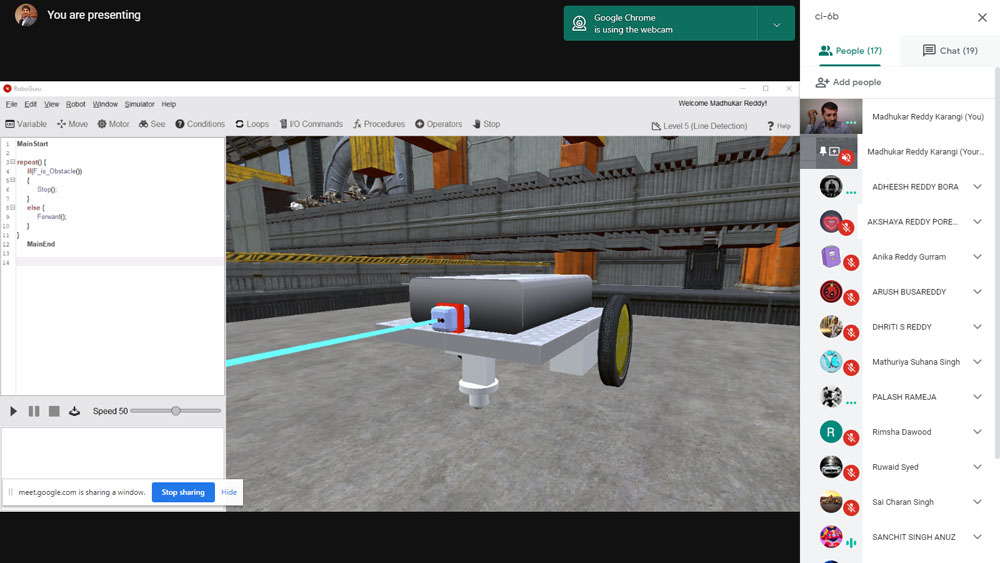
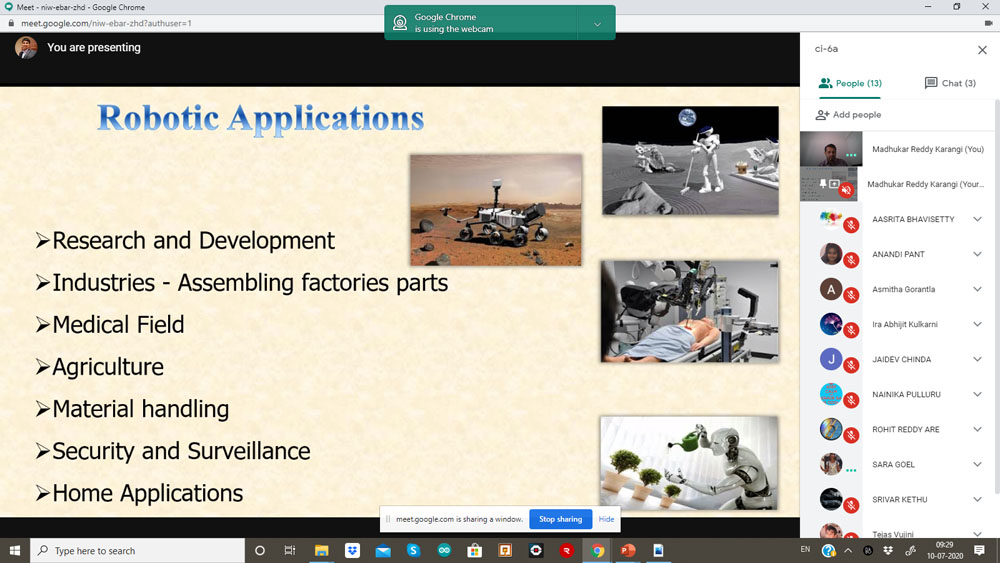
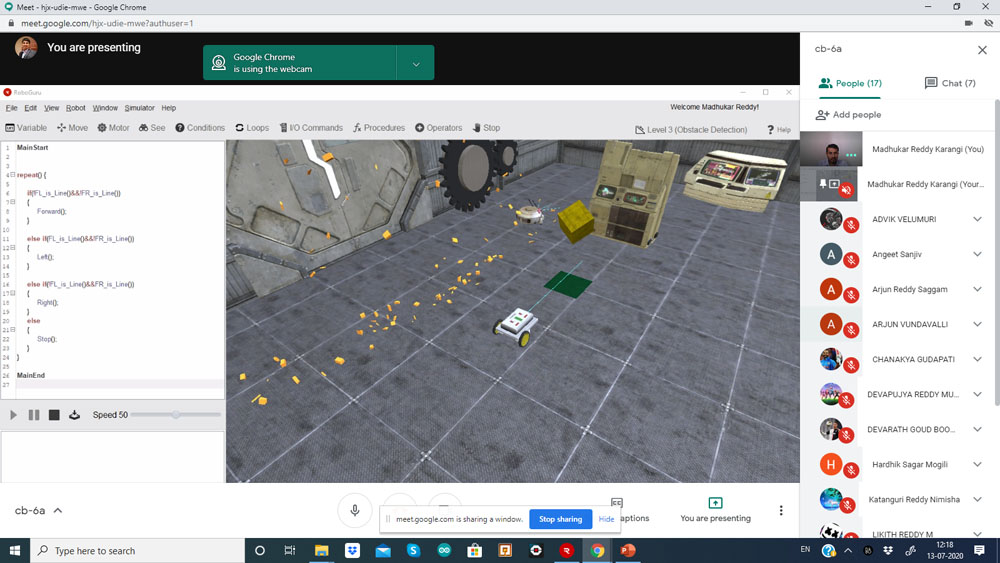
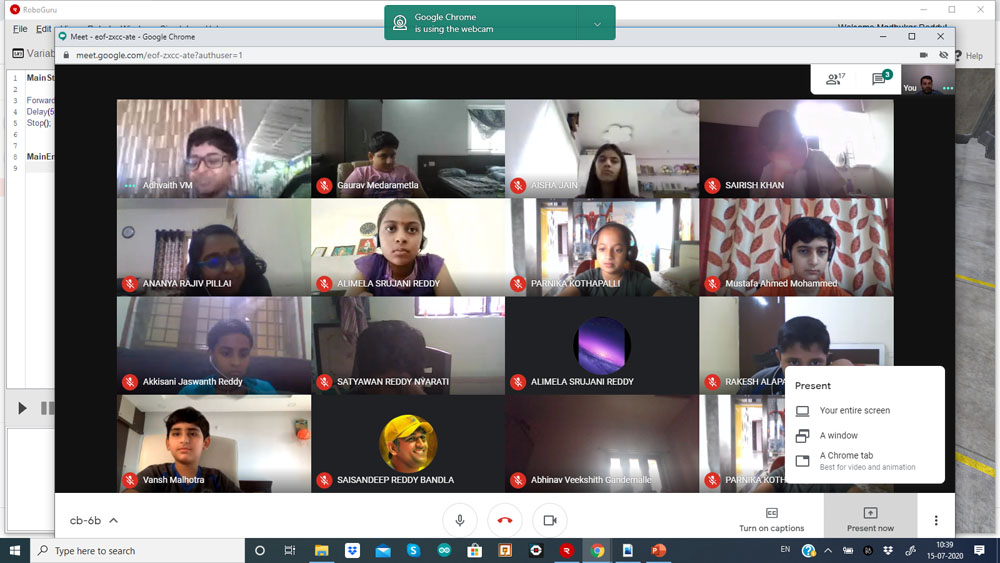
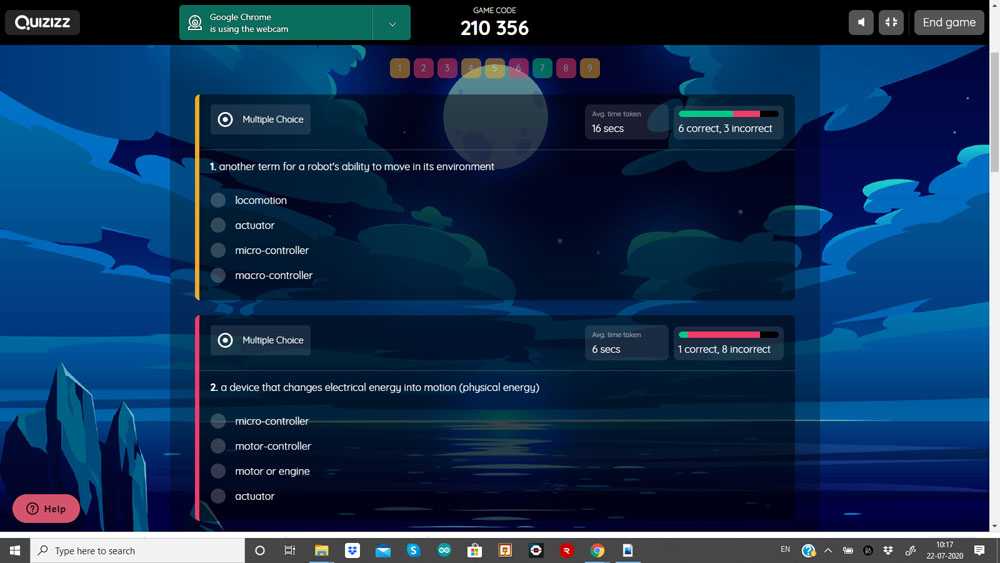
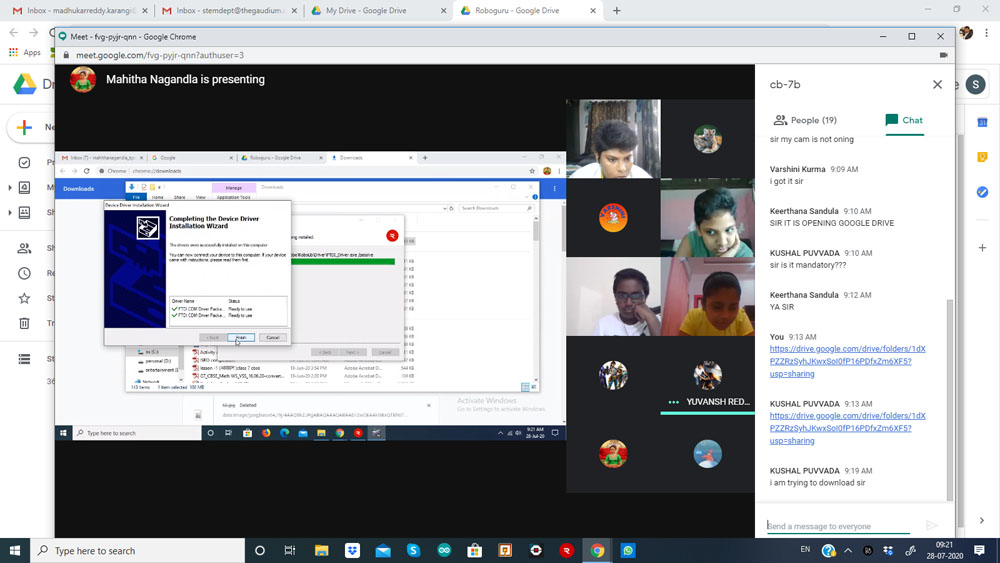
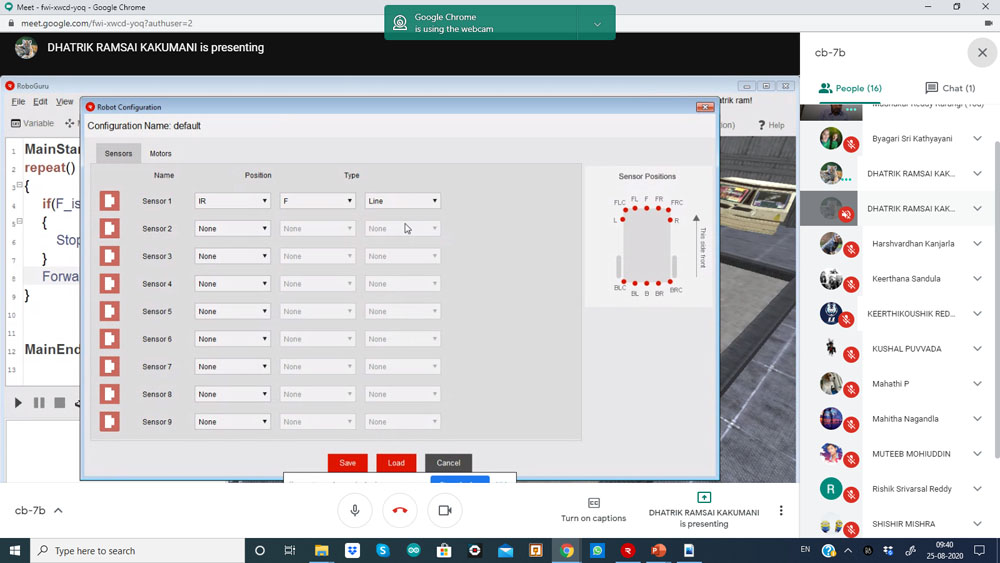
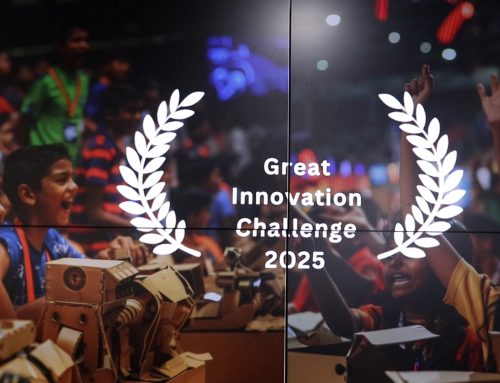
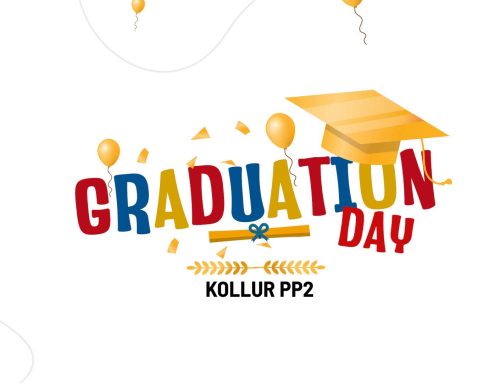
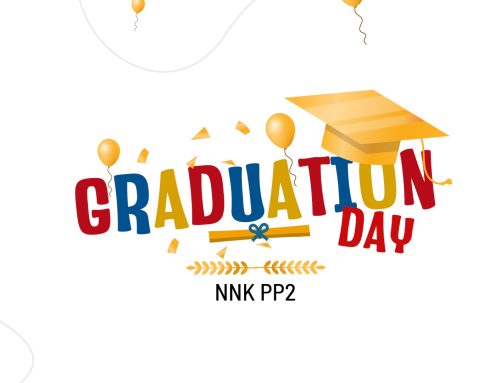
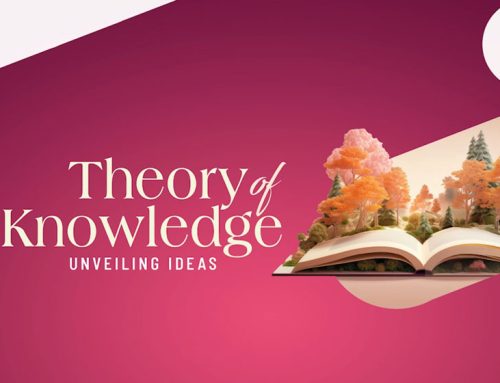
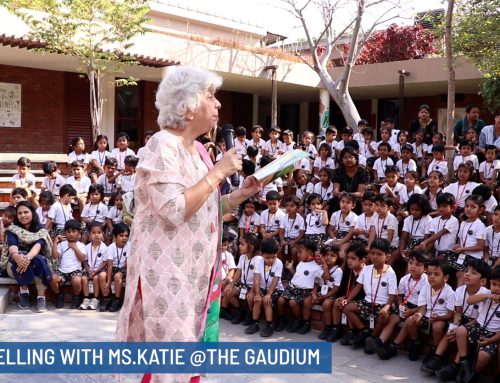
Leave A Comment